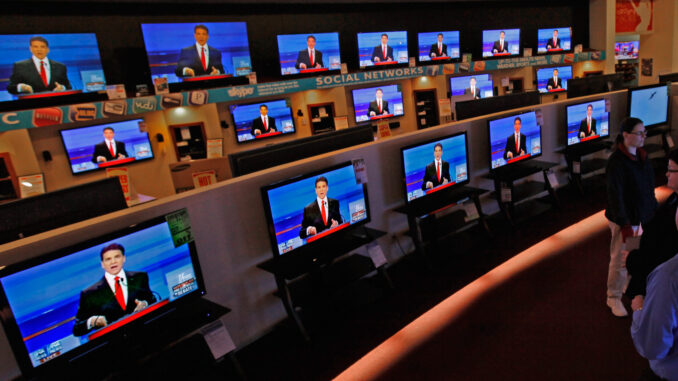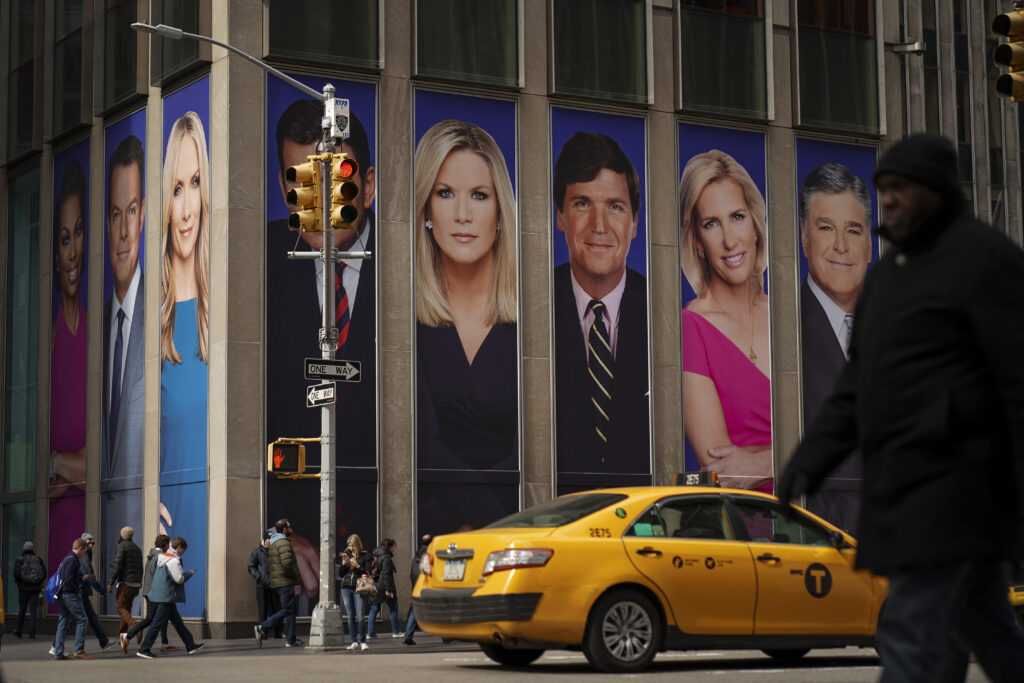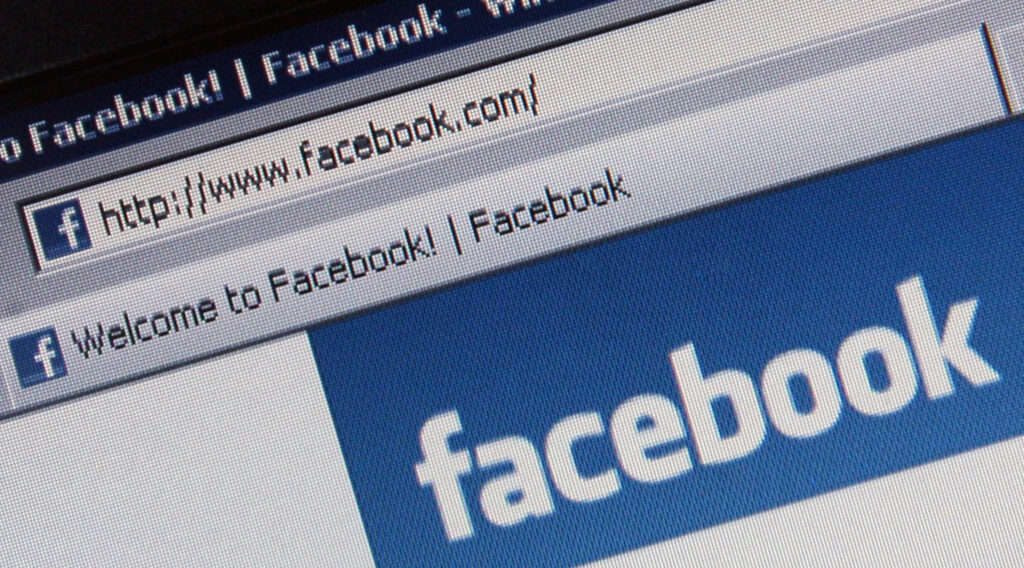
A mix of political consultants, professional marketers, and seemingly endless ads burned through billions of dollars and steered the outcome of the presidential election. And experts say the advertising they produced and deployed—not “foreign interference” or “conspiracy theories”—are what really made a difference.
C-suites everywhere take notice: The power of persuasive ads has never been greater. Like more dollar-conscious businesses, the seemingly bottomless pockets of presidential campaigns and their dark-money kin have to test every message. And as more of life moves into the digital space, so does more of everyone’s ad spend.

Savvy CEOs and their marketing VPs will study in the coming years how ad spending moved opinions toward both Biden and Trump. More often than not, the answer will follow a dollar sign.
On Facebook alone, since January 1, 2020, the Biden-Harris campaign spent $106 million; for Trump-Pence, the price tag was nearly $110 million, according to Facebook’s Ad Library Report. That doesn’t count anything spent by third parties.
The total ad spending in the 2020 election cycle was far larger, according to a Zenger News analysis of records the campaigns filed with the Federal Election Commission. A summation of spending clearly marked as advertising or a likely direct cost, like mailing list acquisition, showed that Biden spent $372.5 million to Trump’s $351.8 million.
The spending is enormous: an estimate pegged a $6.7 billion for all 2020 political advertising bill, or more than half again as much as the 2016 race. The growth has been going on for years.
Facebook specifically, and digital advertising in general, were significant portions of presidential ad spending.
“For the first time generally, digital ads make up more of an ad spend than TV these days, in part because it’s easy,” said media critic Josh Sternberg. “You have these self-serve platforms [that allow easy and cheap ad placement]. And you get the scale and reach.”
It’s also about demographics, according to William Huddy, a lecturer in communications studies at Metropolitan State University of Denver. “The 18- to 25-year-olds, if they want to reach that group, they devote all their dollars to social media,” Huddy said.
Another reason for digital advertising is that traditional media—concentrated in limited broadcast television, local newspapers, and national magazines—fractured. In the past, a single ad could do a competitor horrendous electoral damage.
An important factor leading to Lyndon Johnson’s win in 1964 was the so-called Daisy ad, a one-time presentation that associated Barry Goldwater with the fear of atomic war. The George H.W. Bush campaign turned the “Willie Horton” ad into a weapon that made Democratic candidate Michael Dukakis look soft on crime.
“It used to be that the message mattered,” Sternberg said. “You had the power of TV ads in the mid- to late-20th century. What is a TV ad [today]? Is it a video ad that runs on Facebook or YouTube?”
It’s difficult to overwhelming results through a single strike—or even multiple ones—these days with media being broken into as many pieces as it is. People frequently watch different content. At play is the power of the online platform versus the power of television.
Even online ads can be left in the dust because of the ever-present news cycle. Overwhelming earned media is available to candidates who have cultivated direct channels to people, like the 87.5 million—although hardly all fans—who follow Trump on Twitter, or the 30 million who have liked his Facebook account.
“Donald Trump farts into the wind and it makes news everywhere,” said Sternberg.
In comparison, Joe Biden has 12.1 million followers on Twitter and 3.5 million likes on Facebook.
Instead of specific incisive messages, the candidates are going for massive exposure on social media, which makes strategies focus on repetition and general themes in the ads.

“You’ll see Biden taking on the role of the great uniter as opposed to Trump being pitched as the one man show, focused on him and his successes,” said David Schweidel, professor of marketing at Emory University’s Goizueta Business School.
But what really works? Negative ads have been shown to be more effective than positive in the past, according to Schweidel. They tend to stick with people longer because they have “that high arousal” characteristic.
With the current atmosphere thought, who knows?
“We’re getting carpet bombed with negative advertising,” said Schweidel. “We can’t say if the negative ads are working or if that’s all we’re getting.” And in the end, it will be the outcome of the election that will say.
The post Business Lessons in the War of the Presidential Ad Campaigns appeared first on Zenger News.
